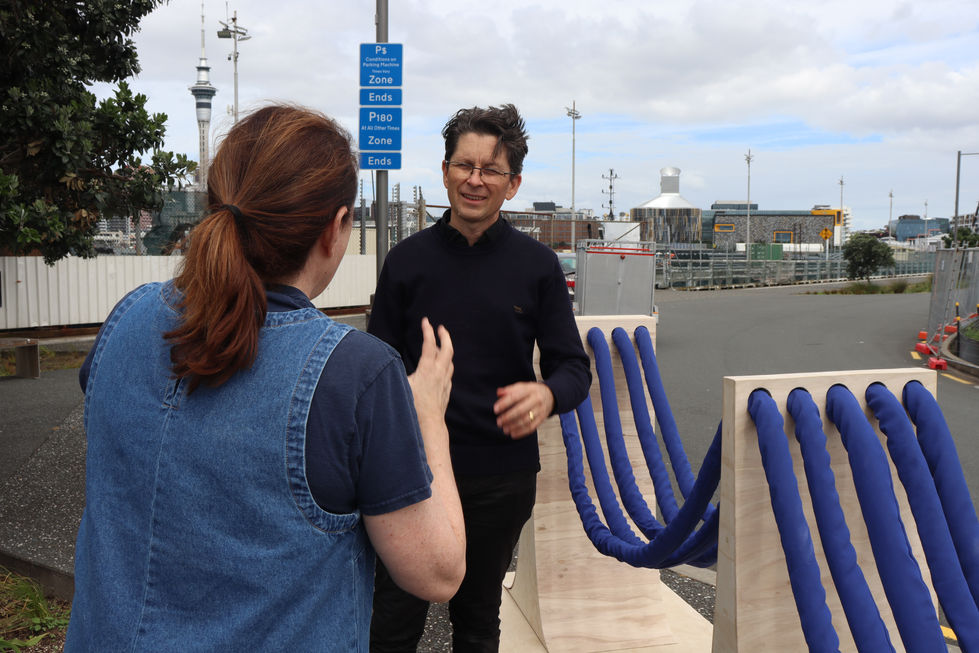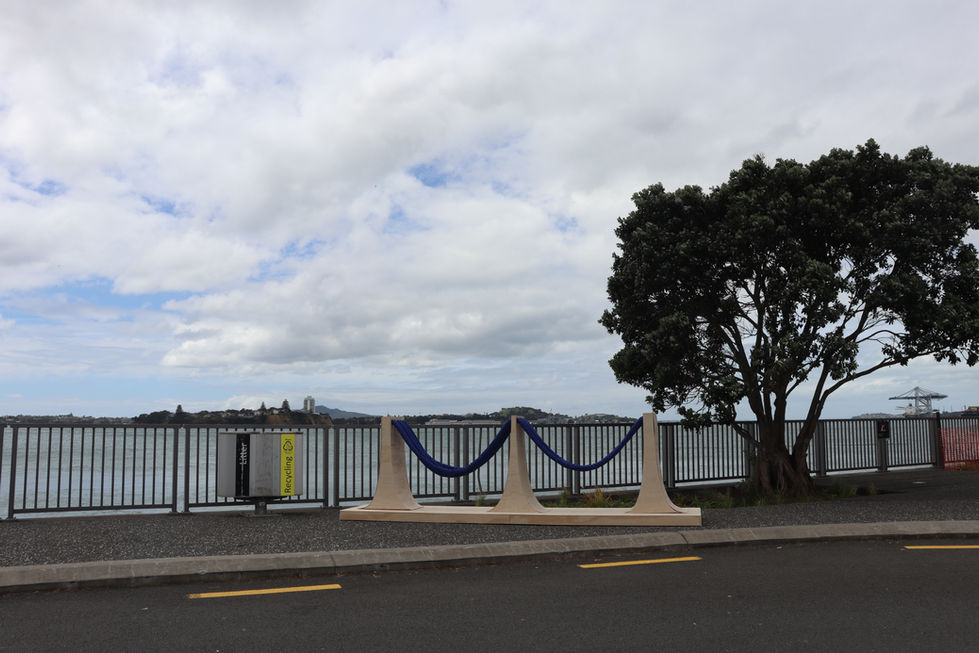Create Your First Project
Start adding your projects to your portfolio. Click on "Manage Projects" to get started
Rippl
Project type
Industrial Design, Furniture Design, Placemaking
Date
October 2025
In an age of increasing urban isolation, the Rippl bench anticipates the need for public spaces that restore connection and wellbeing. Designed to transform the simple act of sitting into a moment of shared balance, Rippl responds to the social disconnection shaping modern life. In Aotearoa, 43.4% of people report feeling lonely some or most of the time (Stats NZ, 2022), reflecting a broader global trend that challenges both mental and physical health. Research shows that chronic loneliness can increase mortality risk by 32%, and increase the risk for anxiety, depression and cardiovascular issues, underscoring the need for environments that support social interaction and belonging (Liang et al., 2024).
The Rippl bench explores how urban furniture can foster connection in public spaces through movement, balance, and play. Designed for waterfront environments, the bench draws inspiration from the ripple effect of water and the interdependence of human relationships.
The seat consists of a suspended system of marine-grade ropes that hang loosely between three structural frames. Each rope responds dynamically to weight, requiring two people to sit simultaneously to achieve balance. This shared action transforms sitting, a typically passive behaviour, into an interactive experience that sparks curiosity and conversation. Accompanying signage provides sitters with conversation prompts that can deepen the conversation and create a stronger bond with each other and a greater wellbeing improvement compared to just using the bench together.
While the full scale prototype was constructed using a mix of plywood and pine timber, for long-term installation, the bench is intended to be manufactured from locally sourced macrocarpa, a naturally rot-resistant timber suited to outdoor conditions. Structural connections would use stainless steel hardware, while the suspended seat would comprise marine-grade polyester rope for UV stability, strength, and tactile comfort.
Future development will explore an integrated steel subframe to enhance rigidity and extend product life, while maintaining the visual warmth of timber and tactile playfulness of rope. Components are designed to be modular and replaceable, extending the bench’s lifespan and supporting a circular approach to maintenance. Production would combine CNC-cut timber components for precision and efficiency with hand-finished assembly to preserve a crafted quality.

















